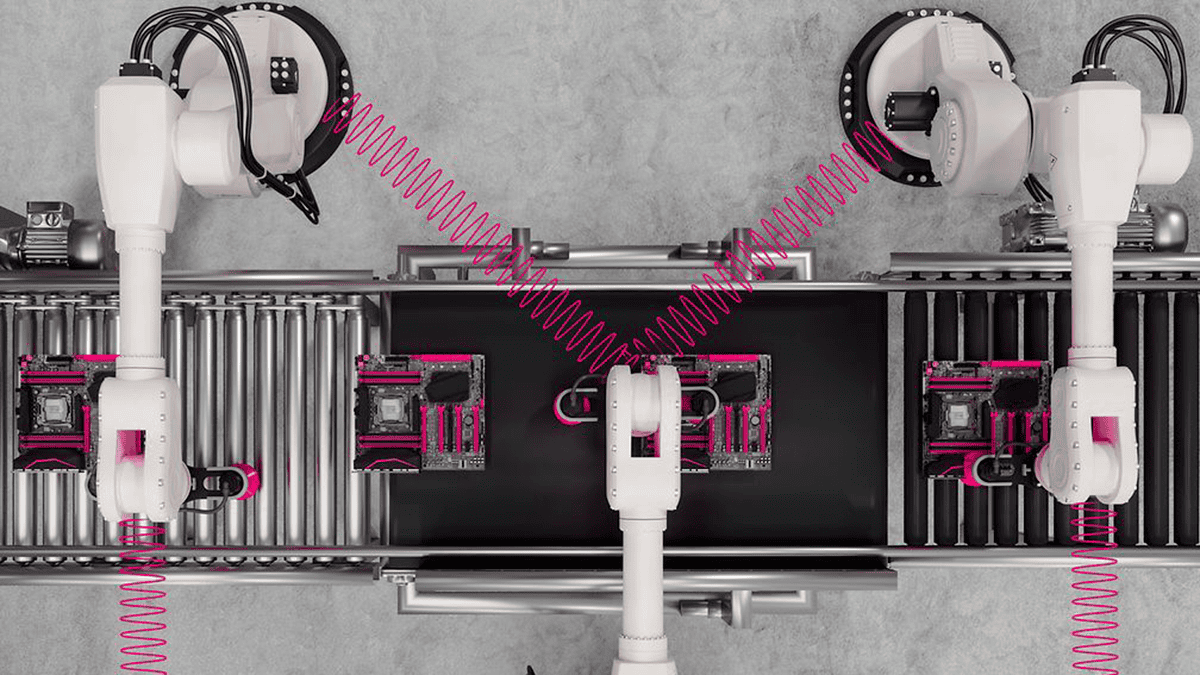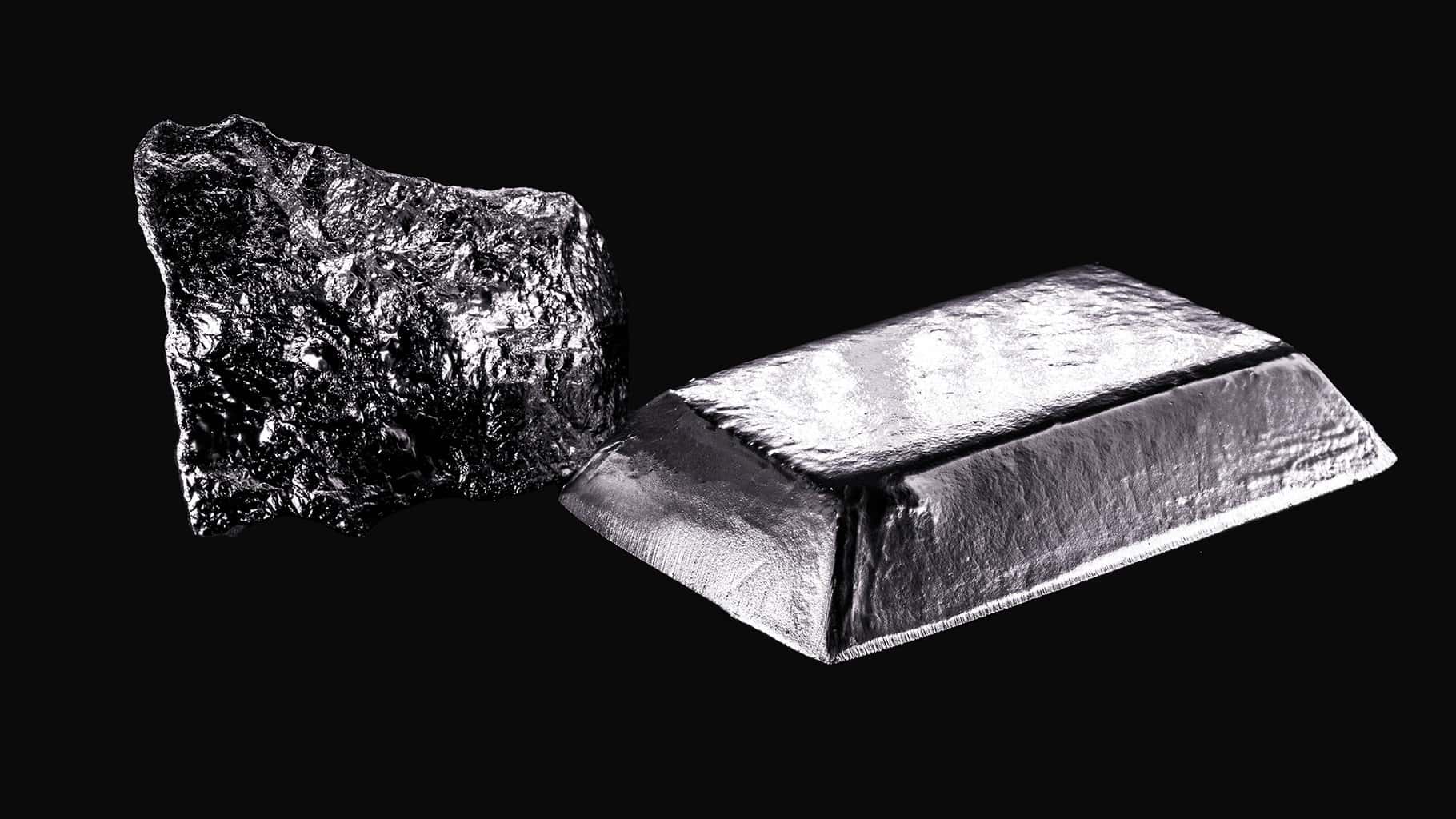Deutsche Telekom has successfully tested and released 5G frequencies in the millimeter wave (mmWave) range at 26 gigahertz (GHz) for commercial use, specifically in industrial applications. At the Werner-von-Sieben-Stämmler Center for Industry and Science in Berlin, intelligent business machines and robots were networked using a router that supports mmWave spectrum and 5G standalone at 3.7 GHz. The mmWave spectrum offers low latency rates of three to four milliseconds and data rates exceeding 4 gigabits per second for download and 2 gigabits per second for upload, making it ideal for data-intensive manufacturing applications. Enabled by Telit Cinterion, this technology allows for real-time data collection and analysis, crucial for artificial intelligence applications. The Federal Network Agency in Germany has reserved the 26 GHz frequency spectrum for regional applications, further supporting the development of 5G campus networks and autonomous vehicles. The 5G standalone campus network at the Werner-von-Sieben Center, run independently from Telekom’s public network and supplied by Ericsson, supports a fleet of autonomous robots performing various tasks. This setup enables businesses to enhance efficiency, productivity, and innovation by integrating 5G mmWave into their operations, paving the way for streamlined operations and predictive maintenance.

Deutsche Telekom Tests 26 GHz mmWave for Industrial 5G and Autonomous Robots with Telit Cinterion IoT Solutions
For industrial use cases, Deutsche Telekom has successfully tested 5G frequencies in the millimeter wave ( mmWave ) range at 26 gigahertz ( GHz ) and is now releasing them for commercial use.
In the 5G campus environment of the Werner-von-Sieben-Stämmler Center for Industry and Science in Berlin, intelligent business machines and robots were networked with a router for the Ger4tech Mechatronik Center. This router supports the mmWave spectrum for the first time, in addition to 5G standalone in the business spectrum at 3.7 GHz.
With low latency rates of three to four milliseconds RTT ( round trip time ) and a data rate of more than 4 gigabits per second in download and 2 gigabits per second in upload, mmWave has a lot of potential for data-intensive applications in the manufacturing sector. The 5G mmWave communications are enabled by Telit Cinterion, a worldwide end- to- end IoT solutions provider.
Customers can then use 5G mmWave for more applications even though they are already using 5G campus networks in the middle of the band for many industry applications. Large amounts of data are collected by machines, which can be uploaded to the cloud and analyzed to create a variety of fresh use cases, especially in artificial intelligence.
5G mmWave: Revolutionizing Industrial Use with Real-Time Data and Telit Cinterion IoT Solutions
In cellular communication technology and imaging, 5G mmWave is gaining an extremely significant role. It has a small coverage range, substantial bandwidth, and fast speeds, and has a lot of potential for development within 5G campus networks as well as for use in autonomous vehicles and the manufacturing sector. The strength of mmWave is its capacity to transmit a lot of data in real time. The Federal Network Agency has reserved the frequency spectrum for around 26 GHz to interested parties in Germany, but it can only be used for regional applications.
In the era of synthetic intelligence, “it is essential for our business customers to be able to upload data from machines and make it accessible and analysed in actual time,” said Klaus Werner, Managing Director Business Customers at Telekom Deutschland. This is the only way for businesses to effectively and responsibly introduce Artificial applications and reap enormous rewards for their businesses.
” We’re enabling customers to access unrivaled levels of efficiency, productivity and innovation. Through the smooth integration of 5G mmWave into their operations, every device and process can achieve connectivity at an unprecedented scale, “added Marco Contento, VP of Product Management, Mobile Broadband at Telit Cinterion”. Jointly, we’re helping to pave the way for industries to streamline operations, anticipate maintenance needs, and a multitude of potential possibilities.”
Automated robots perform tasks at the Werner-von-Siebennitz Center.
The Werner-von-Sieben Center‘s 5G standalone campus network is run independently from Telekom’s people mobile network. The whole infrastructure, from the antennas and effective system technology to the core network, is supplied by Ericsson. A fleet of freely driving and operating robots is based on this network and is working on different use cases at the center.
The robots can generally be controlled by the 5G standalone network. When the demands for communication and data transmission rise, and as a result, more challenging tasks are solved using 5G millimeter waves. For instance, in a computer vision application, the robot picks up an order and checks whether the ordered goods are perfect enroute to the next destination. If there is a discrepancy, it soon reorders the goods.
In addition to these, several different scenarios are explored at the Werner- von- Siemens Centre. Here, industry, research institutions ( including TU Berlin and Fraunhofer ), small and moderate-small enterprises, and start- up work on practical solutions for companies, including for autonomous production logistics and other challenges in industrial manufacturing.










